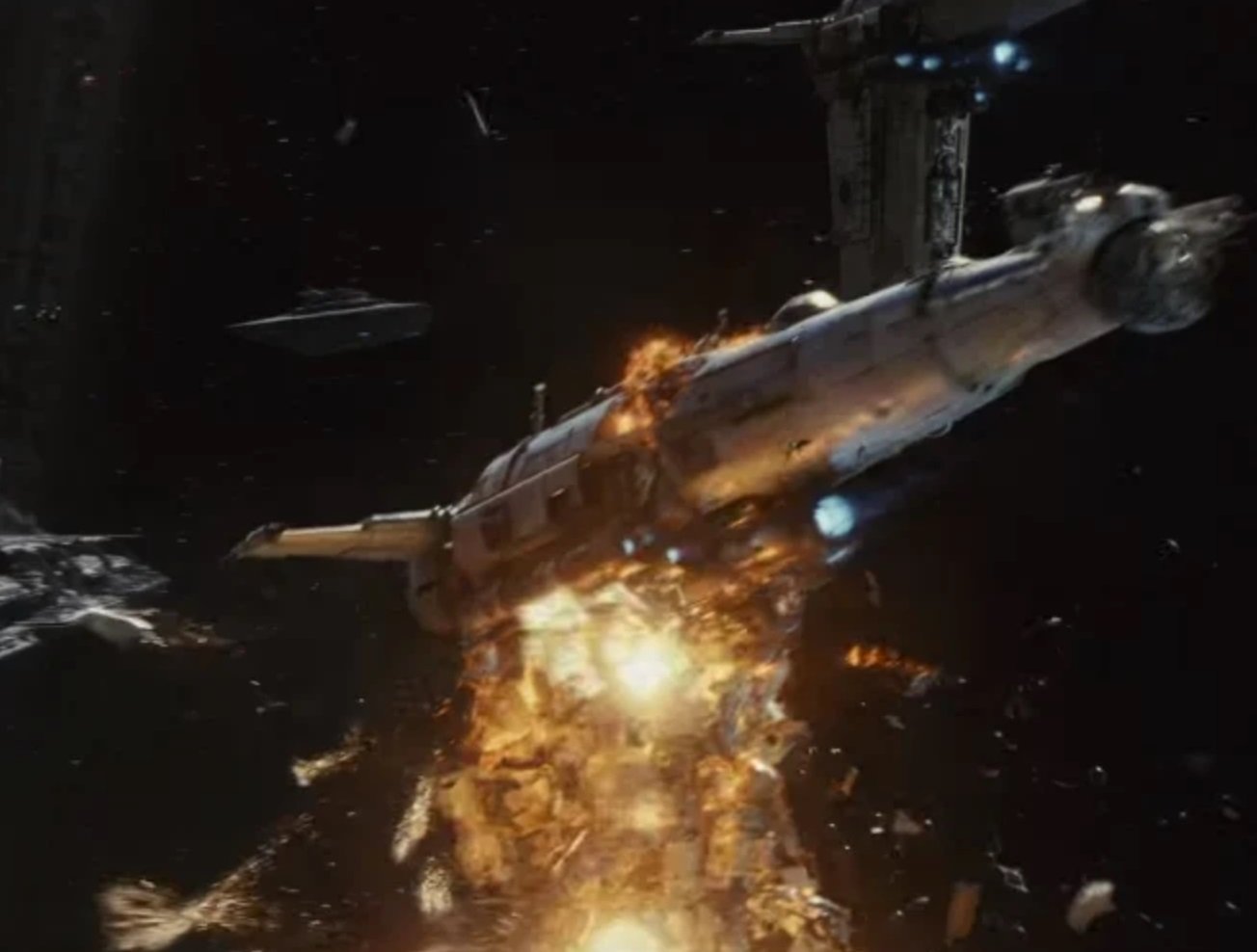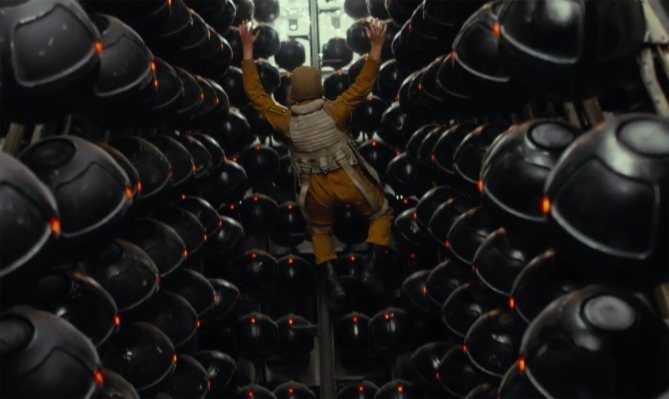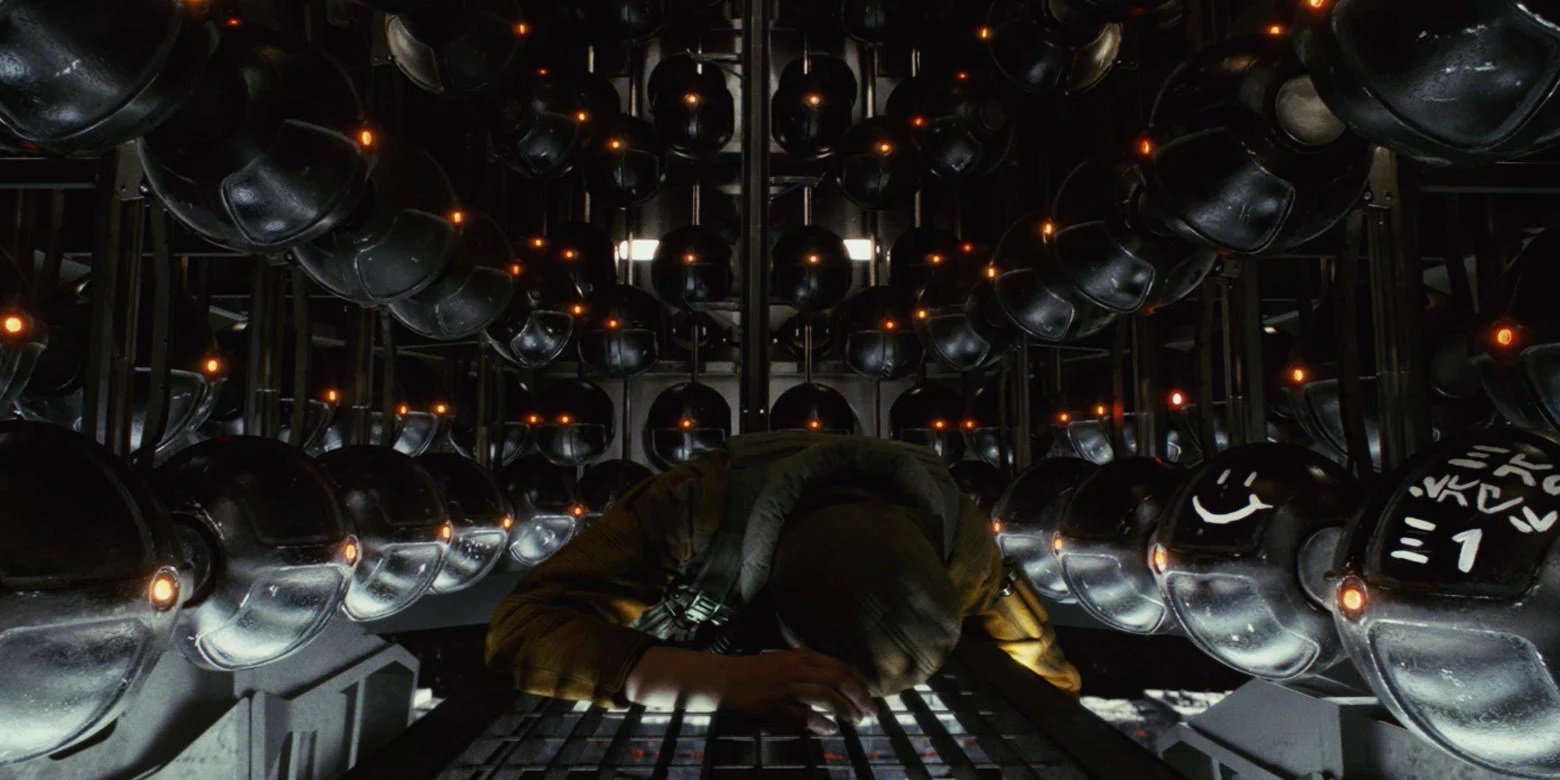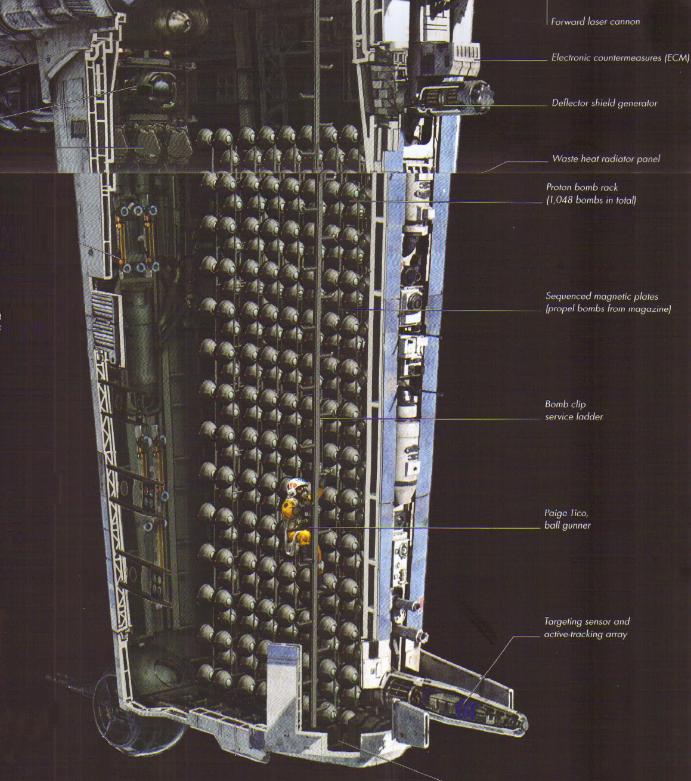Star Wars: The Ship That Made You Question How Space Even Works – The StarFortress SF-17 Breakdown
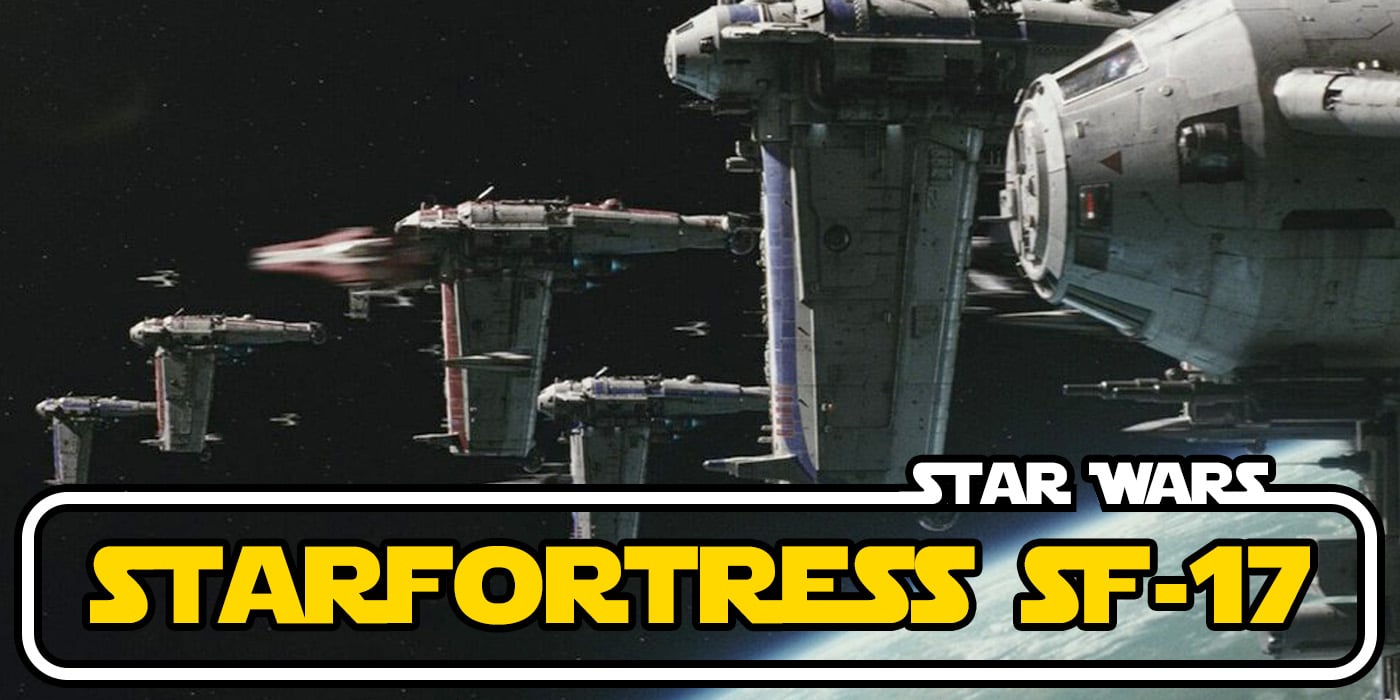

How does one reviled ship end up making audiences question how space works? Find out as we dive into the StarFortress SF-17.
The MG-100 StarFortress SF-17, or as it’s more commonly known the B/SF-17 heavy bomber is one of the more controversial ships in the New Republic/Resistance’s armada. These heavy bombers, manufactured by Slayn & Korpil, were intended to be capital ship breakers during the final days of the Galactic Civil War.
They’re noteworthy for two reasons. The first was their ability to deliver an explosive payload of more than one thousand proton bombs. The second–related to the first–is their ability to catch targets and any onlookers off-guard. In space, nobody expects you to drop bombs. Because it’s impossible.
Even in a galaxy where sentient microorganisms whisper the secrets of the universe to you in your bloodstream, gravity still works. You can tell because debris is often floating in space. But the engineers at Slayn & Korpil used this knowledge to their advantage.
Magnets, How They Do Work
The SF-17 StarFortress employs a unique payload delivery system. The bombing magazine, often nicknamed the “clip”, is fitted with sequenced electromagnetic plates. These plates magnetically propel the bombs, giving the illusion of a microgravity “drop” — though the bombs are actually magnetically drawn to their targets.
In fact, magnets seem to be at the heart of much of the ship. Yes, for a design that makes people throw up their hands and question spacetime itself, the answer is magnets. How are the bombs delivered?
Magnets.
How do they reach their target?
Magnets.
How is the atmosphere kept in the flight deck while the bomb bay doors are opened?
Magnets.
Why the engineers at Slayn & Korpil designed a modular payload with bomb bay doors remains a mystery. There are rumors that the engineers at Slayn & Korpil knew they were in the last days of a galactic civil war and that their industry would be going through a significant downturn.
Perhaps the engineers were looking for other employment when they decided that a modular pseudo-rail gun clip would somehow need to also be contained in the atmosphere of a ship.
One might also ask why the Resistance crewed the bomb bay payload of these ships instead of using droids. But some questions were never meant to be answered.
Design Specs
On paper, though, the SF-17 is impressive. Its electromagnetic clip could hold 1,048 proton bombs. Theoretically, they could be used in programmable configurations, dropping the bombs in squential payloads. But more often than not these bombers would simply “deploy all.”
The bombs were guided by a targeting sensor with active tracking array. And a ball turret provided defense with a pair of EM-1919 repeating laser cannons.
The ship also carried 6 medium laser cannons. The designer was unspecified, likely because the arms manufacturer involved didn’t want their reputation attached to such a ship.
Magnets – responsible for everything from radio interference to atmospheric retention


